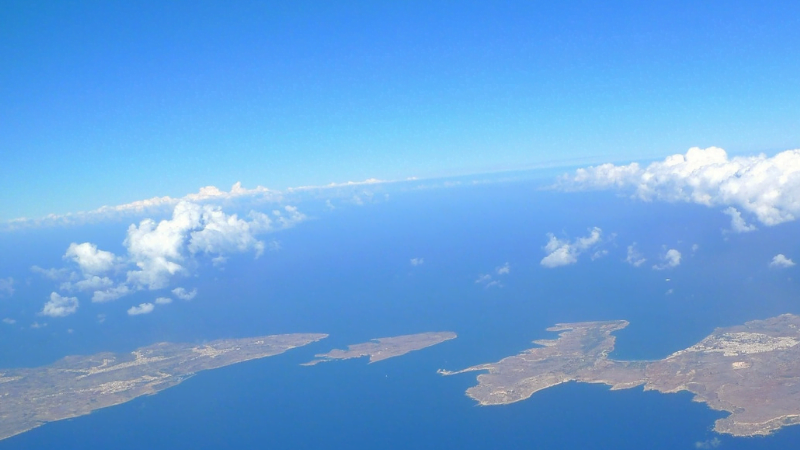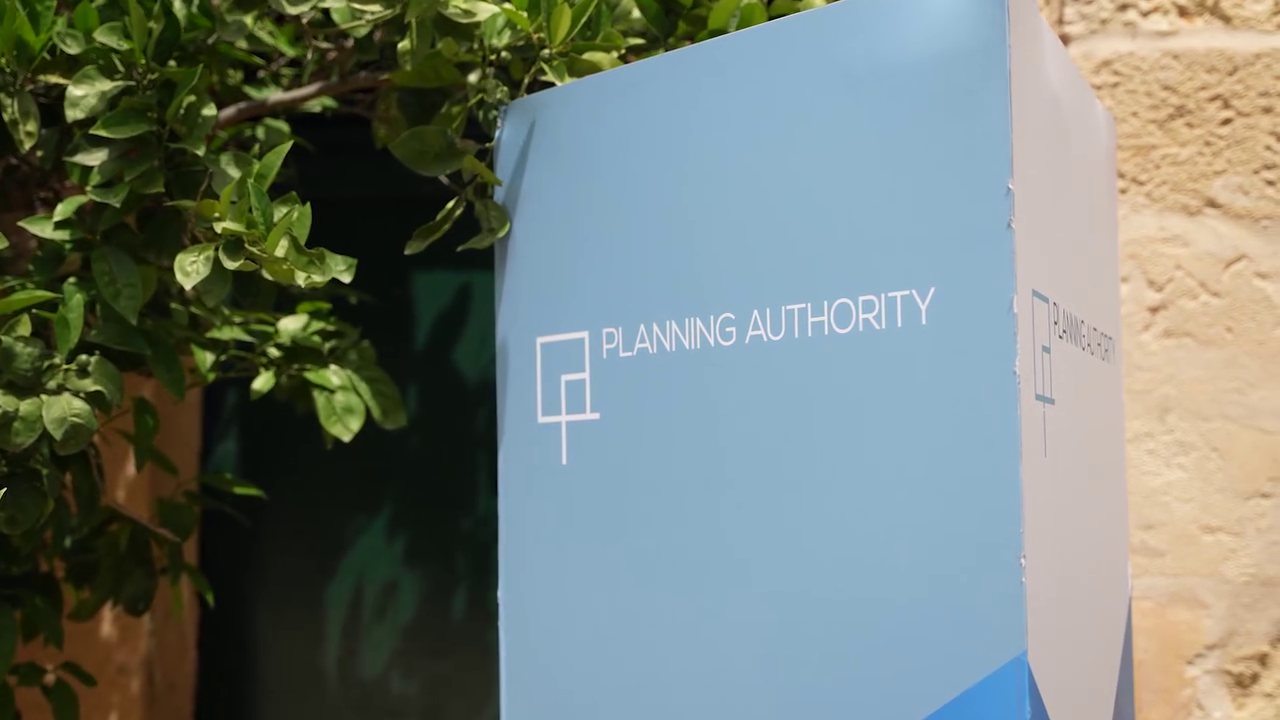The government is bulldozing ahead (metaphorically at least) with plans for the Gozo tunnel and early signs suggest that they are hoping to brush the environmental fallout under the carpet.
One cause for concern is the absence of a Strategic Environmental Assessment (SEA). This is generally mandatory under EU law at an early stage for projects of this nature. It requires an assessment of ‘reasonable alternatives’ to the project.
The almost audible dragging of heels from the government vis à vis the SEA could be related to the fact that one obvious ‘reasonable alternative’ is not to build the tunnel at all.
Instead, the government could invest in innovative public transport solutions by putting on more frequent ferries and expanding services to other locations in Malta, such as Valletta.
A nimbler, more responsive fleet of ferry boats serving a range of locations would bring enormous benefits to the islands as a whole. But for a government hell bent on building the tunnel, that would be an inconvenient conclusion.
All the signs suggest that they intend to press ahead at an astronomical financial cost, and an even higher environmental price.
One of the most serious consequences, based on the proposed tunnel portal location at L-Imbordin, involves Malta’s aquifers. The reverse osmosis plant produces around half of Malta’s drinking water, at considerable energy cost.
An alternative potable water supply is not a ‘nice to have’, but a national necessity which must be protected. Tunnelling creates the serious risk of piercing these aquifers.
The government’s Environmental Impact Assessment Screening acknowledges that the mean sea level aquifer and the perched aquifer could be affected by “potential discharges of polluted material … during both the construction and operational phases”. BirdLife Malta notes that this would seriously affect these vital sources of groundwater.
Aside from hydrological problems, there could be impacts to the internationally important nature reserve of Is-Simar. The proposed tunnel portal is located about 700m from the reserve, despite the rejection of a portal location in Mellieħa because it would “negatively impact the Għadira Nature Reserve, especially during the construction stages of the project”.
Noise and air pollution during construction are damaging for the migratory and native birds that use this reserve. Transport Malta says in the Project Description Statement (PDS) that during the construction phase, there will be serious noise pollution.
”Temporary ventilation fans at the portal will make noise similar to the noise emitted from jet engines, however not as loud,” the PDS states. The caveat would be laughable if it weren’t so alarming.
These ventilators will also be blowing out “dirty air” that could be “contaminated by carbon monoxide (CO) and nitrogen oxide (NOx), dust and emissions from the blasting”. Government documents add that “major road cuttings are envisaged to take place behind the hinterland of the Is-Simar reserve and inland water body”.
And, of course, innumerable truckloads of waste will be zooming away from the construction site – where that waste will go is, as yet, unclear.
Worse still, tunnel constructions will require huge volumes of water, and, as BirdLife Malta notes, “consequently generate similar volumes of sludge and other excavation by products”. Sludge doesn’t mix well with wetland nature reserves, which depend upon uncontaminated water flows. Runoff could also end up on the beach and in the sea, damaging coastal and marine habitats.
And the peaceful country roads in this idyllic area will need to be widened. “Tolling booths and multi lane roads will be constructed outside each tunnel entrance, destroying huge chunks of land,” according to a government source.
No wonder the government has so far failed to initiate the SEA process – the tunnel is an environmental calamity waiting to happen while ‘reasonable alternatives’ such as a new and improved ferry service could be up and running within less than a year.












